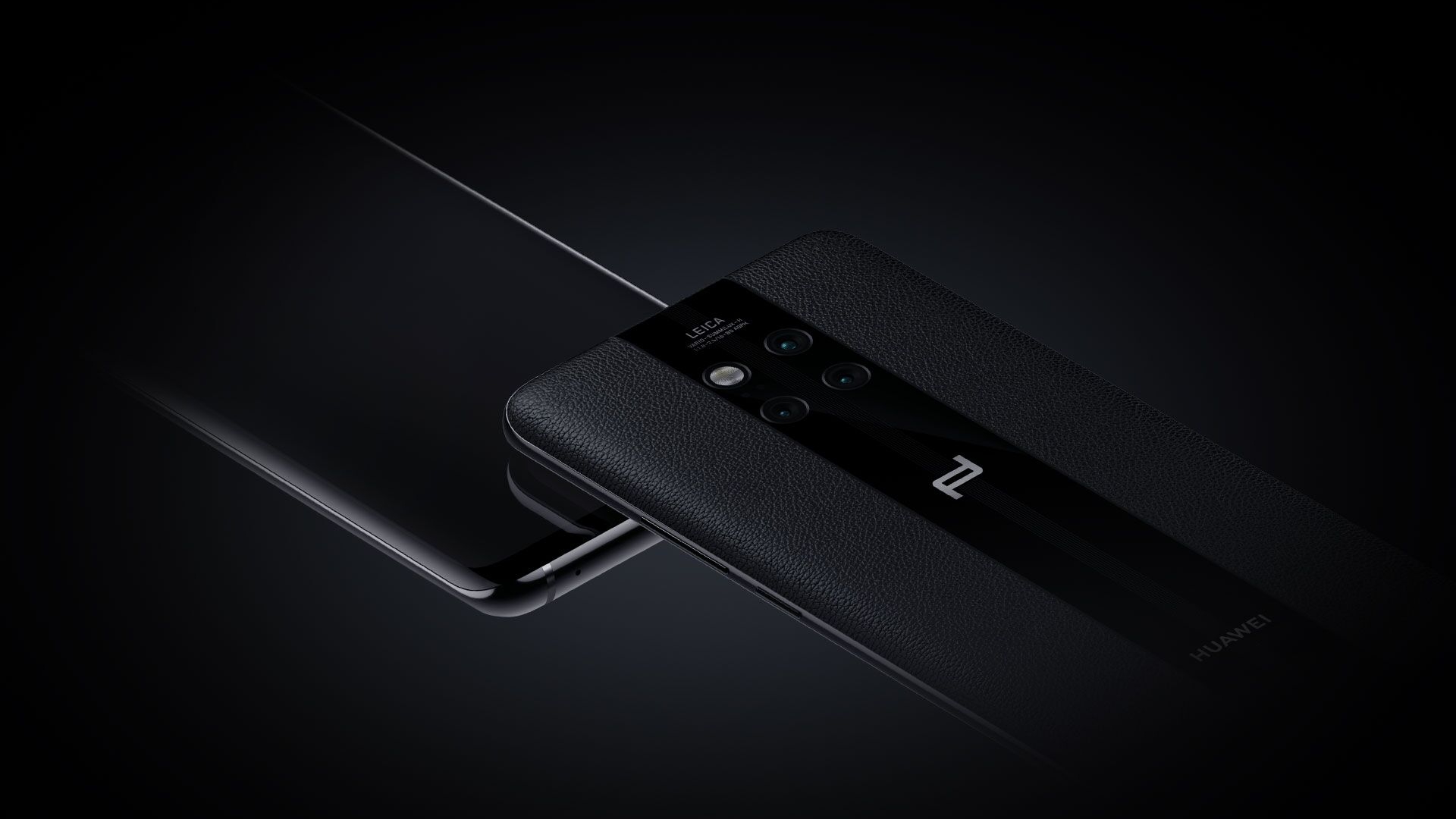
The newly-announced Huawei Mate 20 X will be cooled by graphene film - a first for any phone - but what does that mean, exactly, and how might it work?
According to the company, the phone features "a revolutionary Huawei super cool system that uses a combination of graphene film and vapor chamber to deliver outstanding cooling performance."
"With the cooling system in place, the CPU and GPU embedded in Huawei Mate 20 X can remain at full throttle for an extended period of time and deliver the smoothest and most satisfying gaming experience to consumers."
Combined cooling
Graphene - a super thin, strong and conductive material formed from a single layer of carbon atoms arranged in a honeycomb lattice - has been hailed as a super material, and has a vast array of potential uses.
It's far more conductive than copper and can readily conduct heat away from powerful phone components. What's particularly interesting is how Huawei might implement it together with a vapor chamber.
Vapor chambers are heat sinks often used in laptops as an alternative to bulky heat pipes. They are flat, hermetically sealed units containing a small amount of liquid (which can be turned, tipped and tilted without any ill effects). As the liquid is heated, it is vaporized and condenses on the inside surfaces of the chamber. The condensed liquid is then drawn back into the pool by capillary forces.
Graphene could work with a vapor chamber in various ways. Its conductivity means it would make an excellent 'wick', conducting heat into the unit. Copper is the most common choice for wicks at the moment, but graphene could prove far superior.
Get daily insight, inspiration and deals in your inbox
Sign up for breaking news, reviews, opinion, top tech deals, and more.
Alternatively, the graphene could also be used to carry heat away from the outside of the chamber, enabling vapor to condense more quickly.
Whichever method Huawei has chosen, it could be a real game-changer - not just for phones, but also tablets and laptops, allowing for more compact, powerful designs. We'll have to wait and see.

Cat is TechRadar's Homes Editor specializing in kitchen appliances and smart home technology. She's been a tech journalist for 15 years, having worked on print magazines including PC Plus and PC Format, and is a Speciality Coffee Association (SCA) certified barista. Whether you want to invest in some smart lights or pick up a new espresso machine, she's the right person to help.